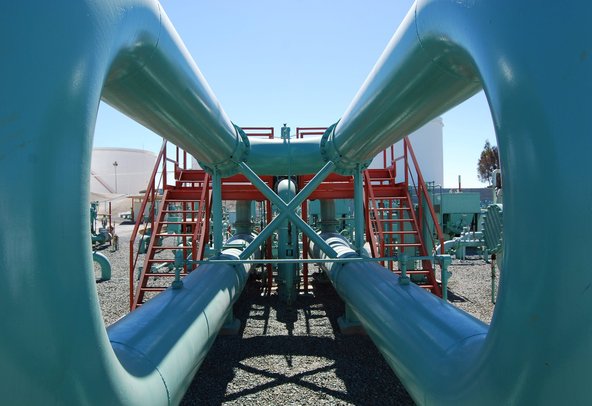Stocks rose on Tuesday, with the Standard Poor’s 500-share index extending its three-day rally to an intraday high, although profit-taking in technology shares capped gains.
In afternoon trading the S.P. was up 8.18 points, or 0.5 percent, to 1,625.68. The Dow Jones industrial average was up 76.91 points, or 0.5 percent, to 15,045.80. The Nasdaq composite Index rose 6.08 points, or 0.2 percent, to 3,398.96.
The tech sector, which had been among the gainers for the past couple of days, turned negative as a decline in Apple weighed heavily on the Nasdaq composite index.
Shares of First Solar and video subscription company Netflix were also down, pressuring the index.
Equities this year have gone without a sustained pullback as investors use any market decline to add to positions. Many analysts expect markets to trend higher, but some see a near-term pullback, citing a lack of positive catalysts and mixed economic data.
“The payroll report indicated that things are better than we were thinking in terms of growth, so until the market finds proof otherwise against the recovery, stocks will continue to move generally higher,” said Andres Garcia-Amaya, global market strategist with J.P. Morgan Funds in New York.
“There are still things to be concerned about, but stocks remain cheap and the biggest risk is to try and time a correction rather than follow the trend.”
Apple shares fell 0.7 percent in volatile trading after rising for the past three sessions. First Solar shares were off 9.2 percent after reporting earnings below Wall Street expectations late Monday. Netflix shares were off 1.9 percent.
Both Fossil and DirecTV reported earnings that surged past expectations. Fossil jumped 9.4 percent as one of the S.P.’s top percentage gainers, followed by DirecTV, up 6.8 percent.
Overseas, European shares rose about 0.3 percent on positive earnings, and the DAX in Frankfurt reached an all-time high after the release of data showing German industrial orders rose in March, confounding expectations of a drop.
Japan’s Nikkei stock market, which had been closed on Monday, jumped in a delayed reaction to Friday’s jobs data in the United States. The Nikkei ended the day up 3.6 percent. In Hong Kong the Hang Seng rose 0.6 percent and the Shanghai composite closed up 0.2 percent.
Article source: http://www.nytimes.com/2013/05/08/business/daily-stock-market-activity.html?partner=rss&emc=rss

